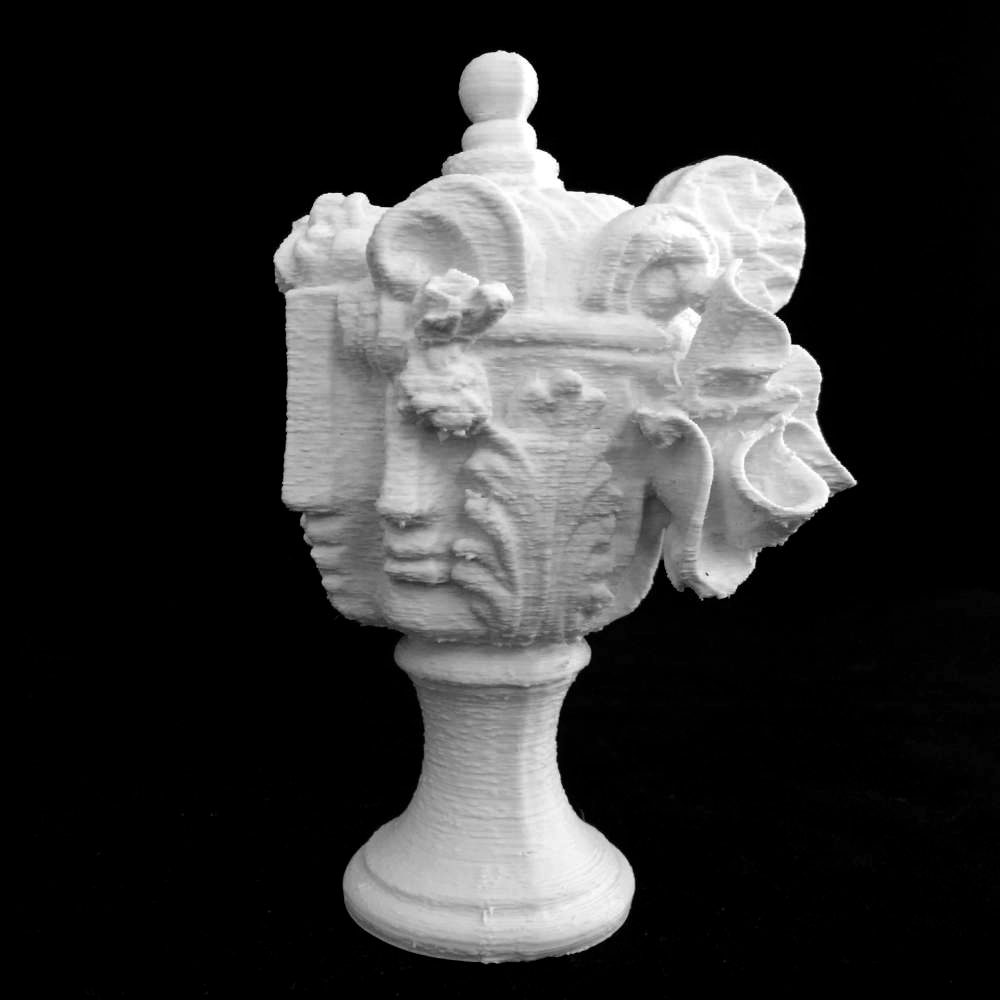
Burial Urn
myminifactory
Human: This urn boasts a youthful female face. Its uniqueness stems from the intricate fusion of various elements with the visage. These elements might have been cherished possessions of the woman during her lifetime, leading to their inclusion on her final resting place. Funerary urns, also known as cinerary and burial urns, have been employed by numerous civilizations throughout history. Following a person's passing, survivors would cremate the body and collect the ashes within an urn. Pottery urns dating back approximately 7,000 BC have been unearthed in an early Jiahu site in China, where a total of 32 burial urns were discovered. Another notable find is located in Laoguantai, Shaanxi. Over 700 burial urns have been uncovered across the Yangshao (5,000–3,000 BC) areas, showcasing more than 50 distinct forms and shapes. These urns were primarily used for children but occasionally for adults as well. The Urnfield culture, a late Bronze Age civilization in central Europe spanning from approximately 1,300 BC to 750 BC, earned its name due to the large cemeteries featuring urn burials. The discovery of a Bronze Age urn burial in Norfolk, England, prompted Sir Thomas Browne to document the antiquities found. He expanded his research to cover ancient and current funeral customs, publishing it as Hydriotaphia or Urn Burial (1658). In ancient Greece, cremation was a common practice, with ashes typically placed within a painted Greek vase. The lekythos, a specific shape of vase, was often used for holding oil during funerary rituals. Romans would place urns in a niche within a collective tomb known as a columbarium (literally, dovecote). Cremation urns were also commonly employed in early Anglo Saxon England and numerous Pre-Columbian cultures.
With this file you will be able to print Burial Urn with your 3D printer. Click on the button and save the file on your computer to work, edit or customize your design. You can also find more 3D designs for printers on Burial Urn.
